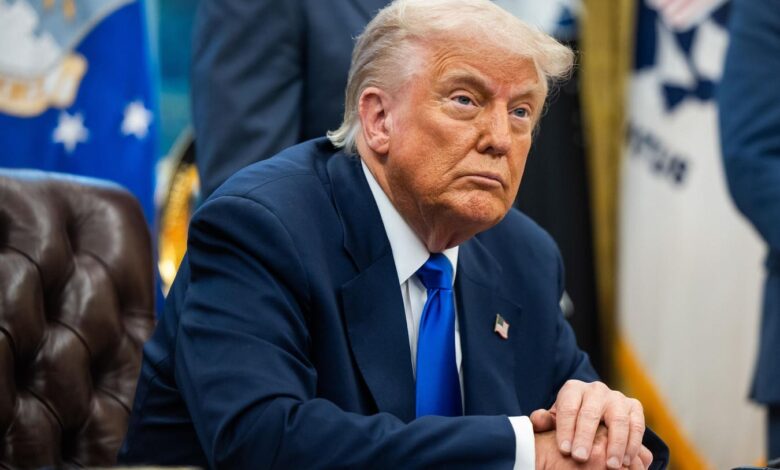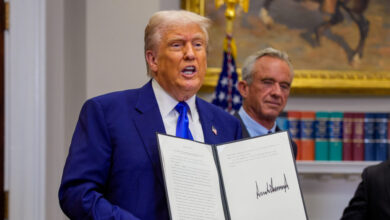Trump Says Executive Order Will Lower Drug Prices By 30% To 80%

President Donald Trump made headlines yesterday with his announcement on Truth Social that the United States will soon be paying the same price as the nation that pays the lowest price for pharmaceuticals anywhere in the world. This bold move is part of an executive order aimed at reducing drug prices by 30% to 80%, a significant cost-saving measure for American patients. However, the order raises more questions than it answers, and potential challenges are on the horizon.
The plan, reminiscent of a proposal from Trump’s first term, involves pegging U.S. drug prices to those in other developed countries with similar GDP per capita. This most favored nation (MFN) model would ensure that healthcare providers are not reimbursed more for physician-administered drugs than the lowest price received by manufacturers in peer nations. While similar proposals have been suggested in the past, legal challenges have prevented their implementation.
The executive order signed by Trump today takes a phased approach to implementing the MFN strategy. The Secretary of Health and Human Services will establish price targets within a month, aligning American prices with those of other developed nations. However, creating a comparable price index and obtaining proprietary net prices from international jurisdictions present logistical challenges that may complicate the process.
The administration also calls for drug manufacturers to voluntarily sell their products at MFN prices directly to patients. While this initiative aims to lower costs for consumers, the lack of a legal framework to enforce compliance raises doubts about its effectiveness. Additionally, the transition to direct-to-consumer sales may be challenging for many companies, particularly in established drug classes.
Furthermore, the executive order lacks specifics on which drugs will be included, which countries will be involved in establishing an MFN index, and how the administration plans to enforce MFN pricing. Legal concerns arise from the language used to “impose” pricing, potentially infringing on congressional authority over commerce regulation. The administration’s goal to end global freeloading on U.S. pharmaceutical research and development may face resistance from foreign nations with stringent cost-effectiveness measures in place.
In conclusion, while President Trump’s executive order on lowering drug prices to an MFN level shows promise in reducing healthcare costs for Americans, critical details and potential challenges remain unresolved. It remains to be seen how the administration will navigate legal and logistical obstacles to achieve its ambitious goals in pharmaceutical pricing reform.



